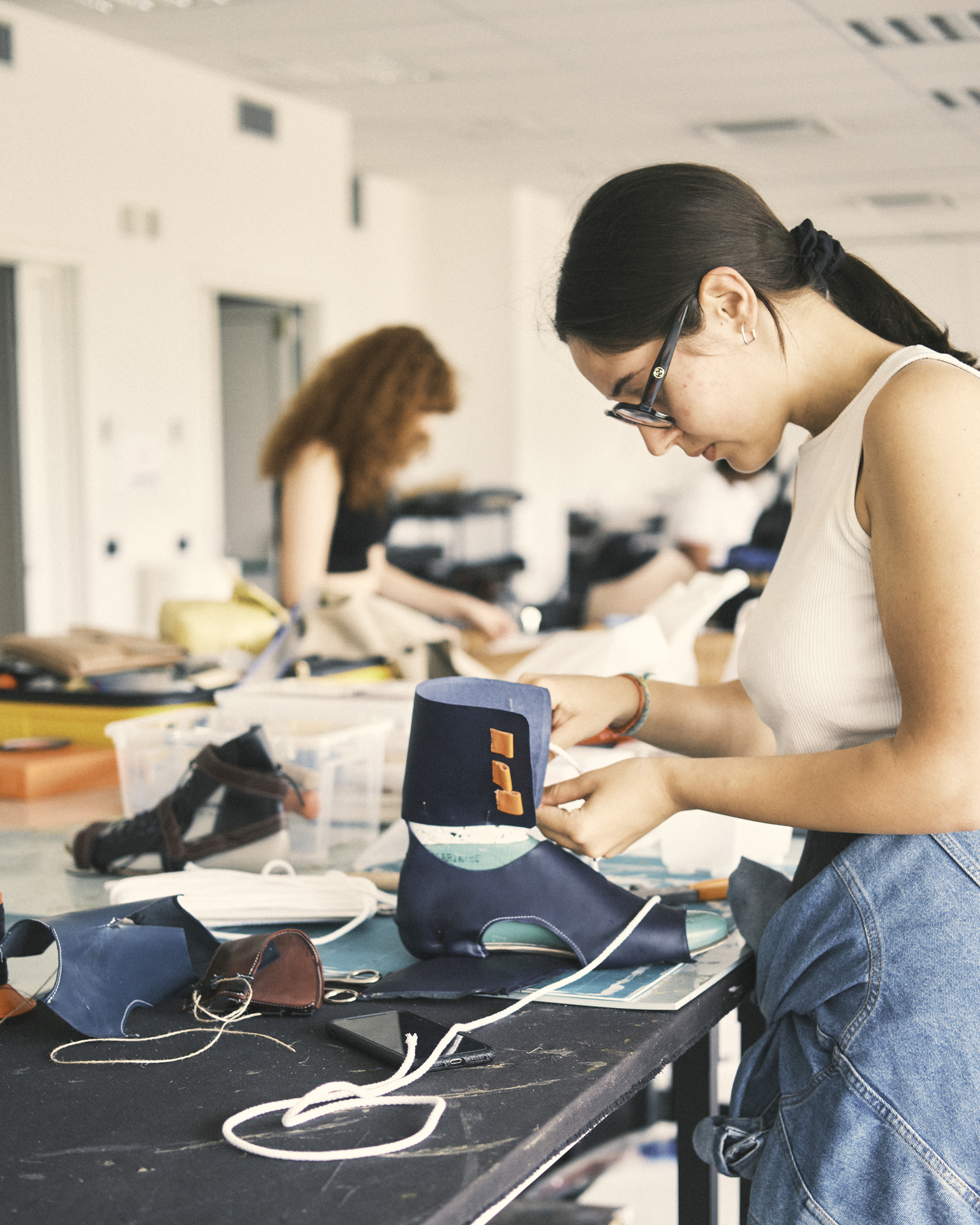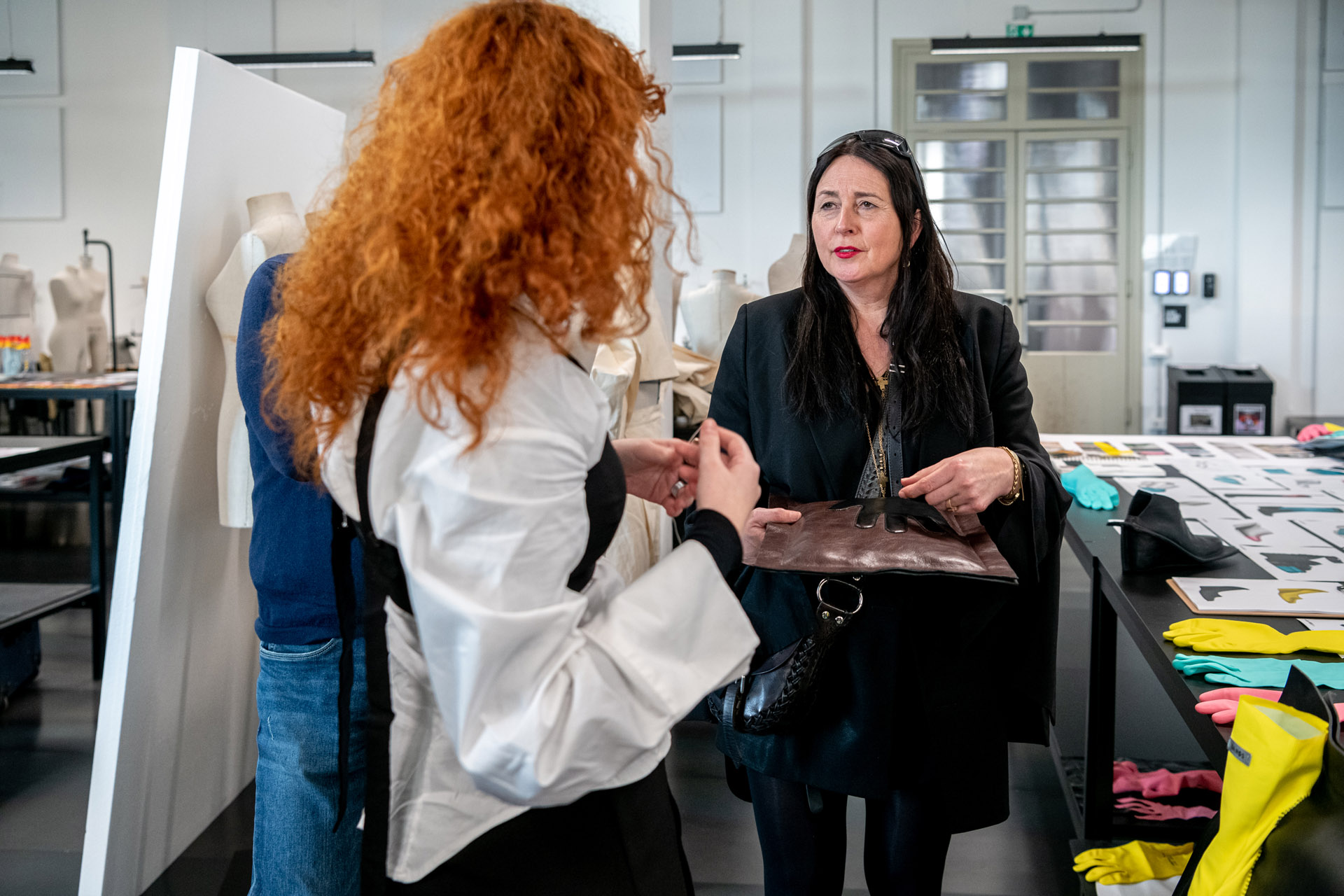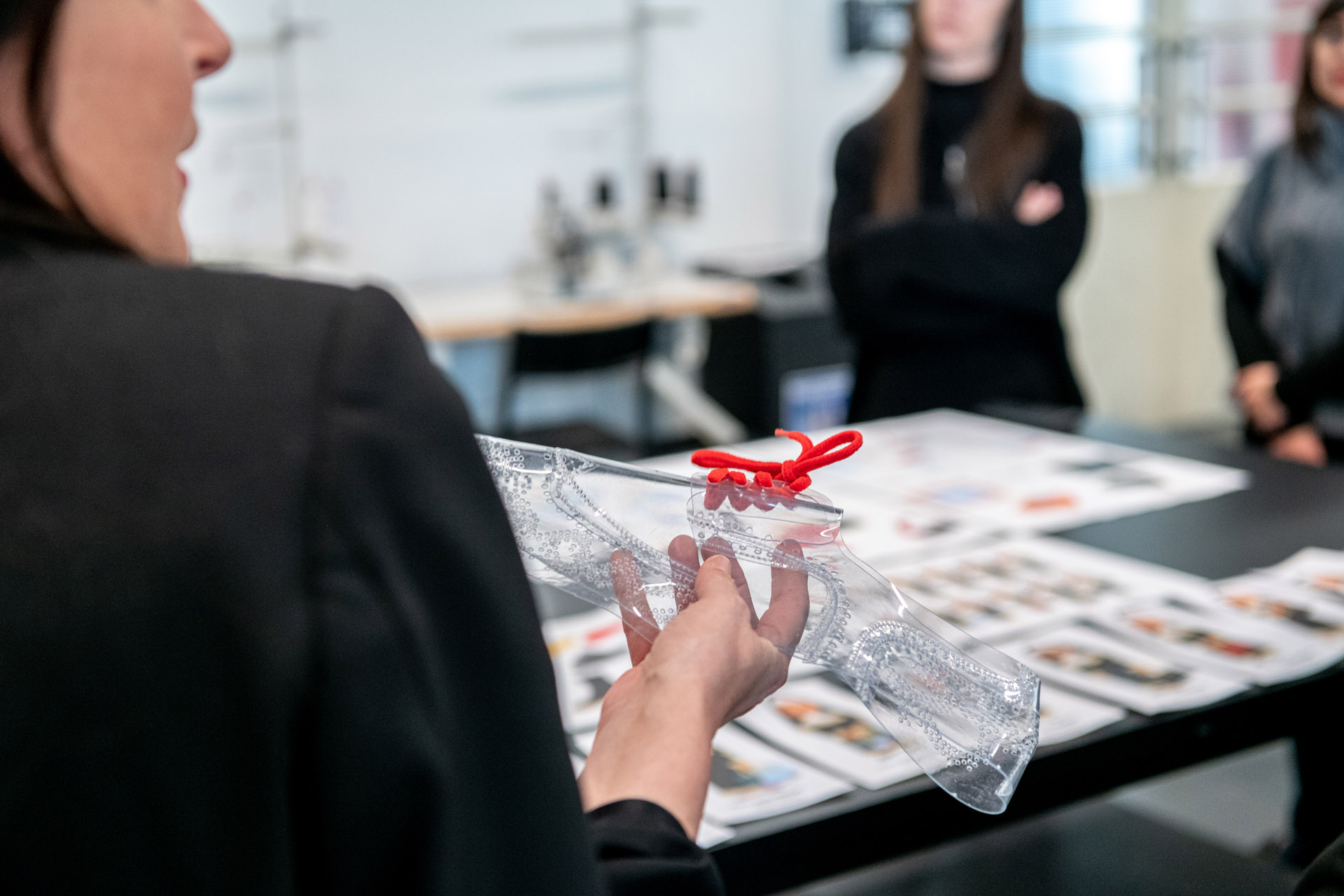In the fashion landscape, accessories design plays a crucial yet understated role. Accessories shape the industry while its more visible counterpart, fashion design, often garners the lion’s share of attention. As fashion’s survival increasingly depends on consumers’ appetite for bags and shoes, we look at how across the fashion education sector the amount of Fashion Accessories Design graduates is declining, despite near-certain career prospects.
Accessories like bags, shoes, watches and jewelry as well as small leather goods and phone covers are the cornerstone of the fashion industry. The sector’s robust health is evident in statistics indicating that the accessories market is poised for substantial growth, with an expected annual increase of 3.66% through 2028. These impressive figures underscore the pivotal role that bags and shoes play in driving the field’s overall success and longevity.






The demand for professionals in this sector is at an all time high. Anecdotal evidence suggests that from all fashion schools the supply of new graduates is struggling to keep up and therefore, those who graduate, according to their talent, are almost guaranteed job opportunities across the board at some of the most significant names and brands.
To understand this disconnect between demand and supply of accessories designers we spoke to industry expert, fashion designer and advisor of our design department, An Vandevorst, and Polimoda Undergraduate Fashion Accessories Design alumni, Chiara Cherici and Michele Ferretti, who have secured internships at two of the most salient names in fashion immediately after graduation.
An Vandevorst during her tenure as head of homonymous brand A.F. Vandevorst adopted a holistic approach to design, recognizing the significance of shoes, bags, and jewelry to a look while prioritizing functionality and comfort. “We immediately had a total look in mind, from head to toe, we even became famous for our shoes”, Vandevorst remarks, adding that her aptitude for accessories first became apparent during her six-year stint at Dries Van Noten, when she was sent to meet manufacturers in Italy. She urges aspiring designers to seize educational opportunities that expose them to all aspects of accessory creation.
Michele Ferretti was captivated by the prospect of working with leather, highlighting Polimoda’s unique offering among Italian fashion schools in providing hands-on experience in bag and shoe construction. He was particularly enthusiastic about the opportunity to collaborate with Fashion Design students, learning consequently how accessories are able to balance and harmonize looks. He also underlined the skills he gained in managing professional relationships with suppliers and successfully dealing with project deadlines.

The fashion industry’s voracious appetite for skilled accessories designers continues unabated, with luxury brands and fashion houses scrambling to secure fresh talent in this ever-expanding sector. Cherici recounts that while attending conferences in search of her post graduation internships “many companies were actively seeking designers with specialized skills in accessories, and there were numerous job postings in this area.” Equally, Ferretti said he could strongly confirm that the demand for accessories graduates is at an all time high and that finding an internship after graduation was “not difficult”. Vandevorst is emphatic when she says studying accessories design is “guaranteed employment”, highlighting that the industry is hungry for new talented graduates.




There are guaranteed career prospects but what’s it really like working for some of the industry’s top brands? Cherici and Ferretti have both secured internships at names so big they have to be kept secret; Cherici states that “it is exhilarating … you are at the forefront of setting trends and influencing global fashion.” Ferretti mentions the beauty of “being able to collaborate with real professionals who are deeply passionate about their work and the opportunity to work with the best suppliers for raw materials”. But opportunity doesn’t always come from the biggest names in the business, there is a lot of room in the market for new accessories brands. Vandevorst makes a strong statement when she says “if I were to start a brand today, it would definitely be an accessories brand”.
Despite this enthusiasm for new designers, there is anecdotal evidence that from all fashion schools their numbers are dwindling. Chiara Cherici wonders if the perception of accessories design as a highly technical field may be daunting for potential students, despite its accessibility to those with diverse creative backgrounds. Vandevorst suggests that there is insufficient awareness of the symbiotic relationship between accessories and fashion design, stating that experimenting with accessories is fundamental for fashion design as a whole and should be introduced early on to all students.



To revive this subject in fashion education, Vandevorst suggests introducing design students to accessories design earlier on in their studies and to emphasize the connection between fashion and accessories design throughout the courses. Ferretti is passionate about process and materials, “show them the process to make them discover the beauty and infinite possibilities that this work offers”, while Cherici suggests that fashion schools engage in lots of partnerships with fashion brands for workshops, internships, and mentorship programs, an approach already embraced by Polimoda through our Master in Bag Design in collaboration with Tod’s and Master in Shoe Design in collaboration with Ferragamo.
The world of fashion accessories design stands at a unique crossroads: burgeoning with opportunity yet facing a puzzling shortage of new talent. For those with a passion for design and an interest in materials, it is a pathway that holds lots of potential. An Vandevorst, Chiara Cherici, and Michele Ferretti have shown that the rewards – both creative and professional – are there for the taking. In the meantime, the fashion world awaits its next accessories design heroes.

